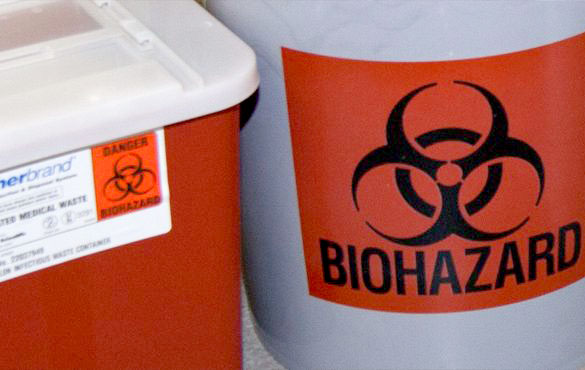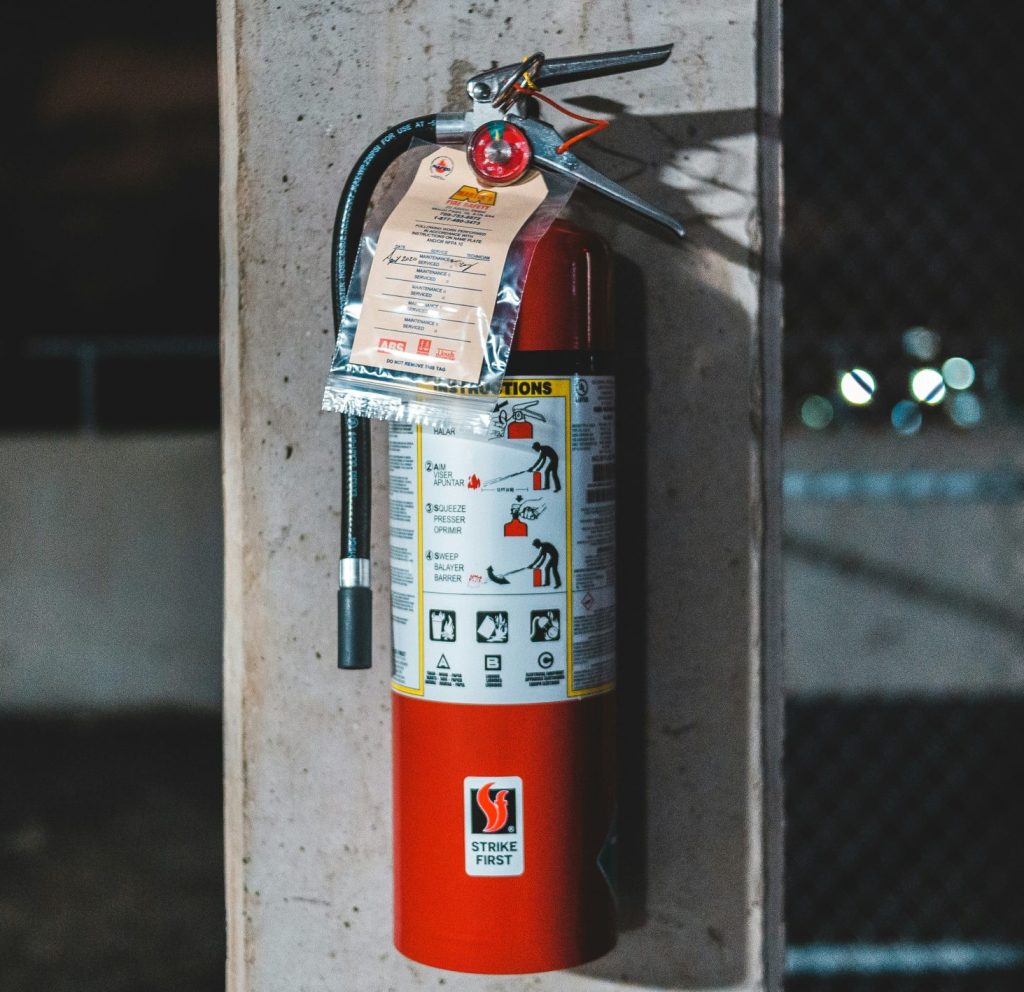Use of Sharps
The improper handling of “sharps” materials creates a significant risk for the primary individual working with them, as well as secondary individuals that may be cleaning or handling the lab’s waste. A significant number of injuries from “sharps” occur in research labs each year, many of which go unreported, and a high percentage of these injuries are avoidable. Anyone who uses a sharp is personally responsible for its correct use and for its safe disposal. All sharps objects, such as, but not limited to the following, must be disposed in an approved “sharps container” in order to prevent potential exposure to maintenance and building services staff. NOTE: EHS Hazard Materials Management (HMM) provides dedicated sharps collection systems for uncapped syringe/needle assemblies.
- Scalpel blades
- Hypodermic needles
- Pasteur pipettes
- Contaminated broken glass
- Intravenous tubing with needle attached
- Capillary tubes
Standard Operating Procedures, Guidelines, and Manuals
The following documents may be required for your research operation, depending on what type of research you are performing, the potential hazards you and your staff will be exposed to, and the engineering controls you are implementing.
- Exposure Control Plan
- Needle Recapping and Handling Standard Operating Procedure
- Work Practice Controls When Using Sharps
- Biological Exposure Response
- Preparing Biohazardous Sharps Waste for Collection
- Preparing Sharps Low-Level Radioactive Waste for Collection
NOTE: Non-contaminated broken glass should be placed in large cardboard containers for transport to and disposal in the trash dumpsters. Refer to the procedure Disposing of Uncontaminated Waste that May Puncture the Skin.
Health Concerns
In labs where human tissues and body fluids are manipulated, the major concerns from sharps injuries are exposures to bloodborne pathogens such as:
- Hepatitis B virus (HBV), which causes infectious hepatitis
- Human Immunodeficiency virus (HIV), the causative organism of Acquired Immune Deficiency Syndrome (AIDS)
In addition, infectious agents from humans, animals, or the environment also pose a health risk to lab personnel. Examples of these infectious agents include, but are not limited to:
- Salmonella spp. (human pathogen found in water ways as a pollution constituent)
- Pseudomonas spp. (occurs in natural waters)
- Leptospira interrogans (parasites of other species in natural waters)
- Clostridium perfringens (gas gangrene that is found in soil)
- Clostridium tetani (tetanus that is found in soil)
Precautions
Everyone is responsible for taking precautions to eliminate or minimize their risk to exposure to material that may contain infectious agents. You should:
- Take the appropriate training
- Receive a Hepatitis B vaccination
- Receive the tetanus vaccination
- Refer to Needle recapping and Handling SOP





